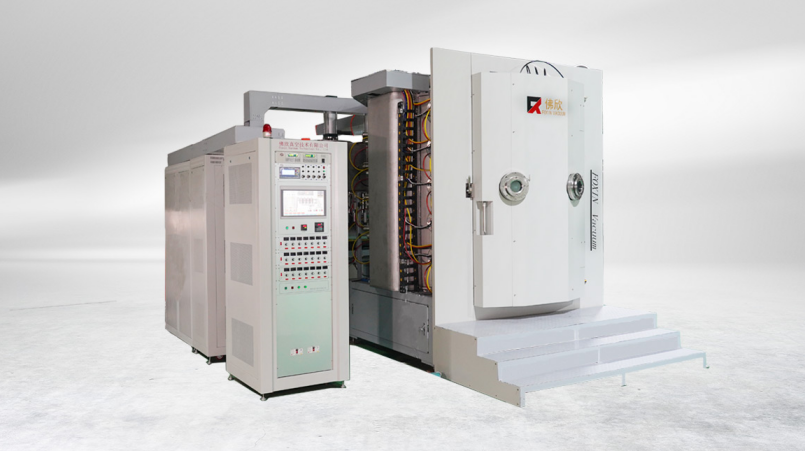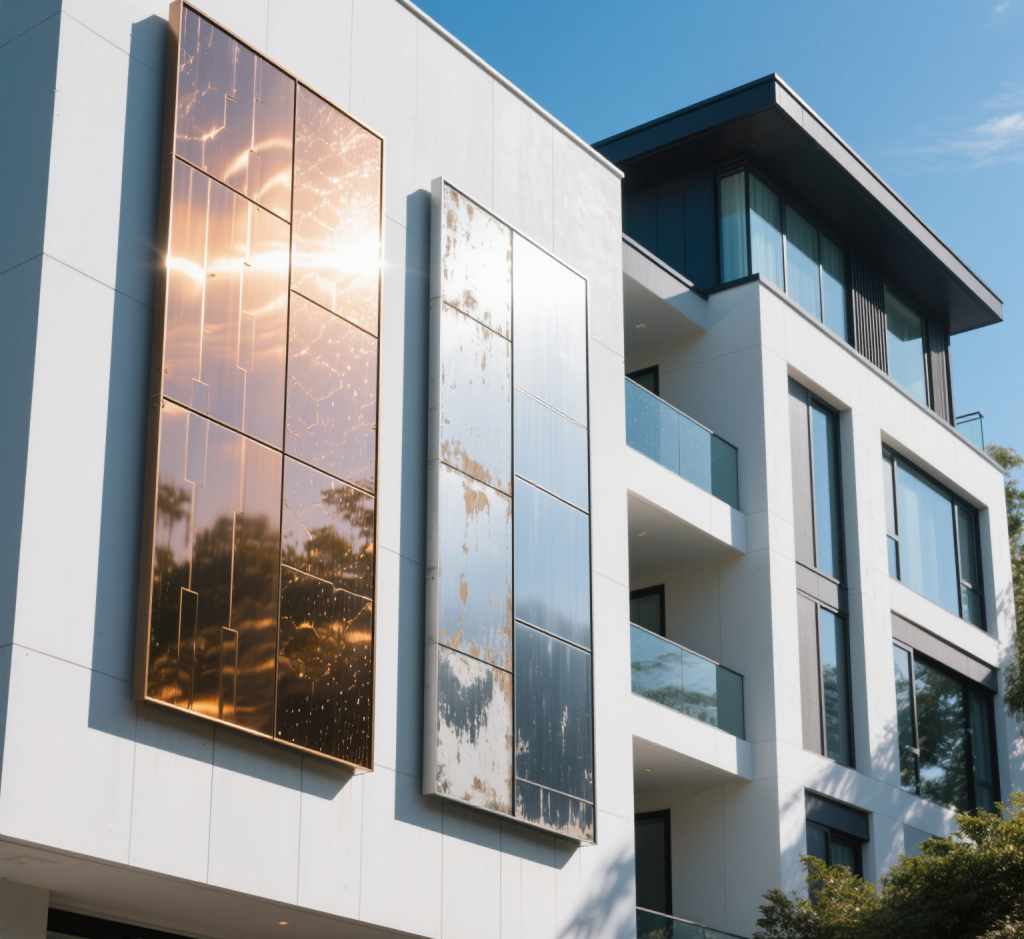Which Aluminum Coating Is the Most Durable
Aluminum is light, tough, and versatile, used in everything from airplane parts to backyard grills. In harsh conditions, picking the right aluminum coating can make it last way longer and cut down on maintenance costs. This article dives into the best aluminum coating options, pulling from industry know-how to give you practical tips for finding the most durable coating solution.
1. Anodizing
Process Overview
Anodizing uses an electrochemical process in a sulfuric acid electrolyte to create an aluminum oxide coating. This aluminum coating is tough and resists scratches. A thickness of 5-25 microns works for decorative purposes, while 50-100 microns is ideal for heavy-duty parts with hard coating aluminum. The process runs at 15-25°C to ensure an even aluminum surface treatment.
Performance Highlights
- Durable: Industrial gears with anodized aluminum withstand thousands of hours of friction.
- Corrosion resistance: It holds up against humidity and salt spray, keeping coastal curtain walls rust-free for a decade with coated aluminum.
- Looks good: You can add dyes for both durability and color with aluminum surface finish.
Typical Uses
An aluminum coating shines in aerospace parts, marine fittings, and consumer electronics. Laptop shells use this aluminum finishes process for scratch resistance and style. Aluminum boat coating often relies on anodizing to shield hulls from seawater corrosion.
Environmental and Cost Factors
The process is well-established, with low equipment costs, making it great for large-scale aluminum finishing. Modern methods cut down on waste, meeting eco-friendly standards. An aluminum clear coat is often used for decoration, adding shine at a low cost with aluminum protective coating.
Best Use Cases
- Recommended: Industrial parts or marine fittings on a budget.
- Example: Aluminum decks on coastal yachts use aluminum coating for both corrosion protection and good looks.
Limitations
High temperatures above 400°C or strong acidic environments can degrade the coating, requiring extra ptfe coating aluminum for protection, which bumps up maintenance costs. Thicker coatings raise costs and aren’t ideal for high-wear scenarios like precision tools needing aluminum corrosion protection.
2. PVD Coating
How It Works
The PVD process lays down a titanium nitride coating inside a vacuum chamber, creating a thin film vapor deposition coating about 2-5 microns thick. Magnetron sputtering, a vacuum technology, makes sure the coating spreads evenly. This aluminum coating bonds at the atomic level, tough and peel-proof, giving aluminum plenty of plating options.
Why It’s Awesome
- Hard as Nails: Hits 2000-4000 HV on the Vickers scale, stretching tool life 3-5 times with hard coating aluminum.
- Corrosion Fighter: Passes 2000 hours in ASTM B117 salt fog tests, perfect for harsh marine settings with corrosion resistant coating.
- Looks Slick: Gold PVD coating bumps up the product’s class with killer aluminum finishes.
Where It Shines
PVD aluminum coating shows up in aerospace turbine blades, medical implants, and high-end watches. PVD coating on spacecraft parts to keep them running in brutal conditions. Semiconductor gear leans on PVD finishing to shield aluminum from chemical corrosion. Fancy home appliances also rock PVD coated surfaces, blending durability with sharp looks.
Cost and Setup
PVD needs specialized PVD coating machines, and the PVD coating price can sting. But its long life cuts down on maintenance costs. Hunting for PVD coating near me can save on shipping. The base material needs polishing for solid adhesion in the PVD finishing process. Unlike electroplating machines, PVD skips the toxic waste, making it eco-friendly with sputter deposition.
Best Use Cases
- Go-To Choice: High-stress precision parts, aerospace, medical devices, plus everyday kitchen tools, smart gadgets, and sports gear.
- Real-World Examples:
- Premium Kitchen Gear: Top-tier knife brands use PVD aluminum coating for scratch-proof, easy-clean blades built for daily use.
- Smart Devices: Phone and tablet shells get PVD coated to resist fingerprints and keep a lasting shine, leveling up the user vibe.
- Sports Equipment: Bike parts and golf clubs use PVD coated surfaces for wear resistance and slick looks, extending their life.
- Home Hardware: Door handles and light fixtures sport stainless steel gold plating for a luxe look that holds up.
Heads-Up
- PVD coating price is steep, not great for tight budgets.
- Complex-shaped parts need custom gear.

3. Electroplating
Process Highlights
Electroplating deposits chromium ions to form a 5-50 micron aluminum coating. It’s got a hardness of 800-1000 HV, outlasting powder coated aluminum in wear resistance. This aluminum coating stands up to mechanical stress and chemical corrosion like a champ.
Performance Benefits
- Wear and corrosion resistance: Engine pistons with metal finishing can handle a million friction cycles without breaking a sweat.
- Shiny and sleek: Aluminum finishes give parts a pro-level, polished look.
- Tough as nails: It takes heavy pressure and impacts while staying rock-solid.
Industry Examples
Aluminum coating gets slapped on hydraulic piston rods, machine parts, and motorcycle components. Racecar engine aluminum parts use a chromium surface treatment to tackle high heat and pressure. In construction, decorative aluminum panels often get a metal coat, and a silver metal roof adds a modern vibe.
Environmental Considerations
Old-school electroplating leaned on hexavalent chromium, which makes wastewater a hassle to deal with. Newer trivalent chromium processes in electroplating machines are greener and meet emission standards. Stick with ISO 14001-certified suppliers to keep your metal plating machine eco-friendly.
Best Use Cases
- Recommended: Heavy-duty machine parts and decorative building components.
- Example: Aluminum hydraulic rods in massive excavators use aluminum coating for durability and wear resistance.
Limitations
Wastewater treatment jacks up environmental costs and maintenance complexity, so it’s not ideal for projects with strict green requirements. The hardness (800-1000 HV) falls short of PVD coatings, meaning it won’t cut it for ultra-high-wear scenarios like precision cutting tools.
4. Ceramic-Based Composite Coating
Tech Overview
Using thermal spray or sol-gel methods, ceramic particles get embedded in a polymer matrix to create an aluminum coating with a hardness of 1000-2000 HV. This ceramic aluminum coating is scratch-resistant, impact-tough, and built to last as an aluminum protective coating.
Standout Features
- Extreme Environment Resistance: Handles high heat (above 500°C), salt spray, and acid/alkali corrosion as a corrosion resistant coating.
- Long-Lasting Looks: Comes in multiple colors, UV-resistant, and won’t fade as an aluminum surface finish.
- Tough Against Impact: Shields aluminum from dings and damage with coatings for aluminum.
Real-World Uses
Ceramic-based aluminum coating works great for marine platform supports, chemical plant pipelines, and building exterior aluminum panels. Equipment at coastal docks using ceramic coated aluminum lasts over 5 years longer. High-end car aluminum wheel coatings boost both durability and style with aluminum ceramic coating.
Cost and Application
It costs more than powder coating and needs high-precision coating equipment. Surfaces must be cleaned well for proper adhesion with coatings for metal.
Best Use Cases
- Recommended: Marine gear, high-end outdoor parts, and car wheel hubs.
- Example: Aluminum pipelines in chemical plants use aluminum coating for acid and alkali resistance.
Limitations
- High cost can strain budgets for small projects with aluminum surface finishes.
- Not as hard as PVD coatings (2000-4000 HV), so in ultra-high-wear settings, it may need more frequent upkeep.

5. Powder Coating
Process Features
Charged powder sticks to aluminum surfaces via electrostatic spraying, then cures at high heat to form a 50-100 micron aluminum coating. The process is eco-friendly, with no volatile organic compounds in the coating machinery, and waste powder coated aluminum can be recycled.
Performance Features
- Great Weather Resistance: Passes ASTM B117 salt spray test for over 1,000 hours, ideal for outdoor coated aluminum.
- Vivid Colors: From matte to glossy, meets decorative needs for aluminum finishes.
- Super Low Cost: Highly efficient for large-scale aluminum powder coatings production.
Typical Applications
Powder aluminum coating is used for aluminum windows, bike frames, and backyard grills. Outdoor furniture brands use aluminum coating powder to create durable, good-looking patio tables and chairs. Commercial buildings often apply this for aluminum roof coating, with fiber aluminum coating boosting waterproofing and aluminum appearance.
Environmental and Maintenance
Powder coating produces no liquid waste, aligning with green manufacturing for aluminum protective coating. The coating resists peeling, is easy to maintain, and stays glossy with regular cleaning for a solid aluminum surface finish.
Best Use Cases
- Recommended: Budget-friendly decorative projects, building facades, outdoor furniture.
- Example: Aluminum coating on commercial building exterior walls.
Limitations
- Low hardness (200-300 HV), scratches easily, raising maintenance costs in high-contact areas like door handles with aluminum mill finish.
- Tough to repair; scratches require full recoating, affecting long-term looks.
6. Choosing the Right Aluminum Coating
Picking the right aluminum coating can make your project a breeze. This guide breaks it down based on environment, budget, and needs to help you decide smart.
Quick Buying Tips
- High strength needs: Go for PVD coating or hard anodizing. Perfect for heavy-duty stuff.
- Looks and durability: Ceramic-based coating or powder coating. Great for outdoor furniture or building exteriors.
- Tight budget: Anodizing or powder coating. Works well for appliance shells or decorative pieces.
Matching Coatings to Scenarios
- High-wear environments, like cutting tools or cookware: PVD coating. It’s super hard, lasts long, and needs little upkeep. Ideal for scratch-resistant daily items.
- Wet or corrosive settings, like coastal equipment: Ceramic-based coating or anodizing. Strong against corrosion.
- Decorative uses, like windows or grills: Powder coating. Cheap, comes in tons of colors, but watch out for scratches.
- Heavy industry, like hydraulic rods or engine parts: Electroplating. Tough and wear-resistant, but the environmental cost is high.
FAQ
1. How to pick coating thickness?
Thin coatings, around 5-25 microns, are good for decoration. Thick ones, 50 microns or more, suit heavy-duty aluminum surface finishes.
2. What’s eco-friendly?
Go for trivalent chromium electroplating or low-waste anodizing for solid aluminum corrosion protection.
3. Can coatings be fixed?
Powder coating is tough to repair. PVD and ceramic coatings can be patched, but you’ll need pro coating equipment.
Aluminum Coating Comparison Chart
| Coating Type | Main Perks | Best For | Cost | Core Value |
|---|---|---|---|---|
| PVD Coating | Crazy hard, resists wear and corrosion | Tools, aerospace, cookware | High | Super durable, low maintenance |
| Hard Anodizing | Tough oxide layer, proven process | Industrial parts, marine | Medium | Cost-effective, great for bulk |
| Ceramic-Based Coating | Fights chemical corrosion, looks good | Outdoor furniture, marine gear | Medium-High | Handles harsh environments, stays pretty |
| Powder Coating | Resists peeling, tons of colors | Windows, appliances | Low | Cheap, but durability’s so-so |
Conclusion
Each aluminum coating has its perks. PVD coating leads with hardness and low upkeep, perfect for durability seekers. Anodizing and powder coating suit tight budgets, while ceramic coatings and electroplating excel in specific settings.
Match your environment, budget, and style to find the best fit. Need a custom aluminum coating? Contact Foxin’s tech team to boost your aluminum products!

